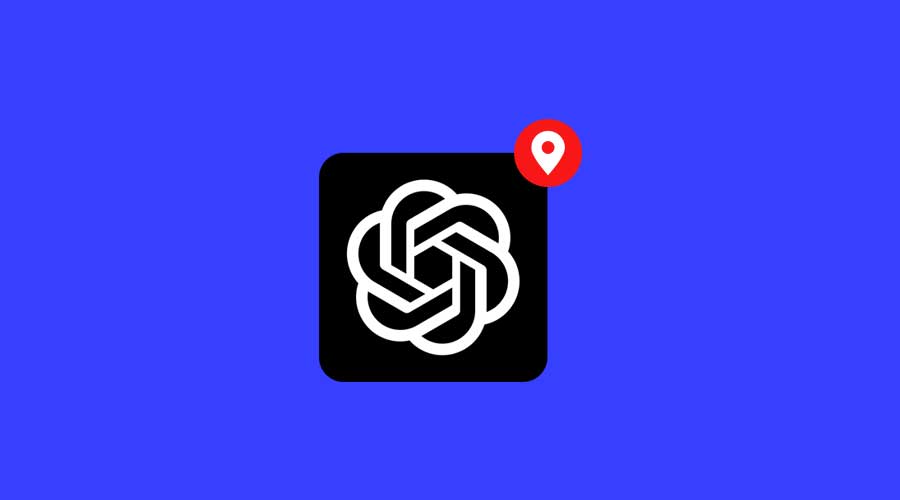Over the past week, people have discovered that by uploading photos into ChatGPT’s new vision-equipped models, they can get surprisingly accurate guesses on where those pictures were taken.
OpenAI’s freshly minted o3 and o4‑mini models aren’t your run‑of‑the‑mill image recognizers. They actually “reason” about what they see: cropping, rotating, zooming in on even on those blurry shots to tease out location clues. Then, by tapping into the web, they cross‑reference landmarks, skyline shapes, street signs, you name it, transforming ChatGPT into a sort of digital GeoGuessr player on steroids.
ChatGPT’s Photo Location Game
As reported by TechCrunch, Users on X have been delighting—and sometimes alarming—each other with these feats.
One user, boasted, “Wow, nailed it and not even a tree in sight,” after ChatGPT pinpointed an obscure plaza in Barcelona from snapshot.
Another user challenged the model with a random library photo supplied by a friend and o3 reconvened its digital detective skills to name the exact branch in under 20 seconds.
TechCrunch points out that ChatGPT isn’t peeking at EXIF metadata (the hidden GPS tags in your camera) or dredging through previous chats. It’s all pure image‑understanding and targeted web queries—no secret files needed.
GeoGuessr IRL, With a Side of Privacy Panic
Users even invite ChatGPT to “play GeoGuessr” by feeding it everything from restaurant menus to random street‑corner selfies, daring it to identify the locale. The results can be spooky-accurate: diners have watched o3 sniff out the exact burger joint or dive bar just from the pattern on a neon sign.
But here’s the thing, this isn’t just a quirky party trick. It could be a privacy nightmare. Anyone can upload a screenshot of your Instagram Story and potentially unmask where you live, work or play.
Under the Hood: o3 vs. GPT‑4o
TechCrunch put the new models to the test against GPT‑4o (an earlier version without visual “reasoning”). The surprising takeaway? GPT‑4o often matched o3’s pinpoint accuracy and even did it faster. However, o3 isn’t infallible: it sometimes loops endlessly or confidently blunders.
Related: OpenAI Unveils A-SWE: An Autonomous AI Software Engineer That Codes, Tests, and Builds Apps
Where Are the Guardrails?
Despite these privacy pitfalls, OpenAI’s safety report for o3 and o4‑mini doesn’t explicitly block reverse location searches.
Late on the evening of April 17, OpenAI issued a statement emphasizing that these vision models are meant for “accessibility, research, or identifying locations in emergency response,” and that they’ve trained them “to refuse requests for private or sensitive information” while monitoring abuses. But till we see hard limits on what ChatGPT will (or won’t) reveal about where you snapped that cafe selfie, the feature remains a double‑edged sword.
So, next time you post that dreamy beach shot, remember someone out there might just feed it to ChatGPT, and before you know it, your seaside hideaway becomes common knowledge.







Comments